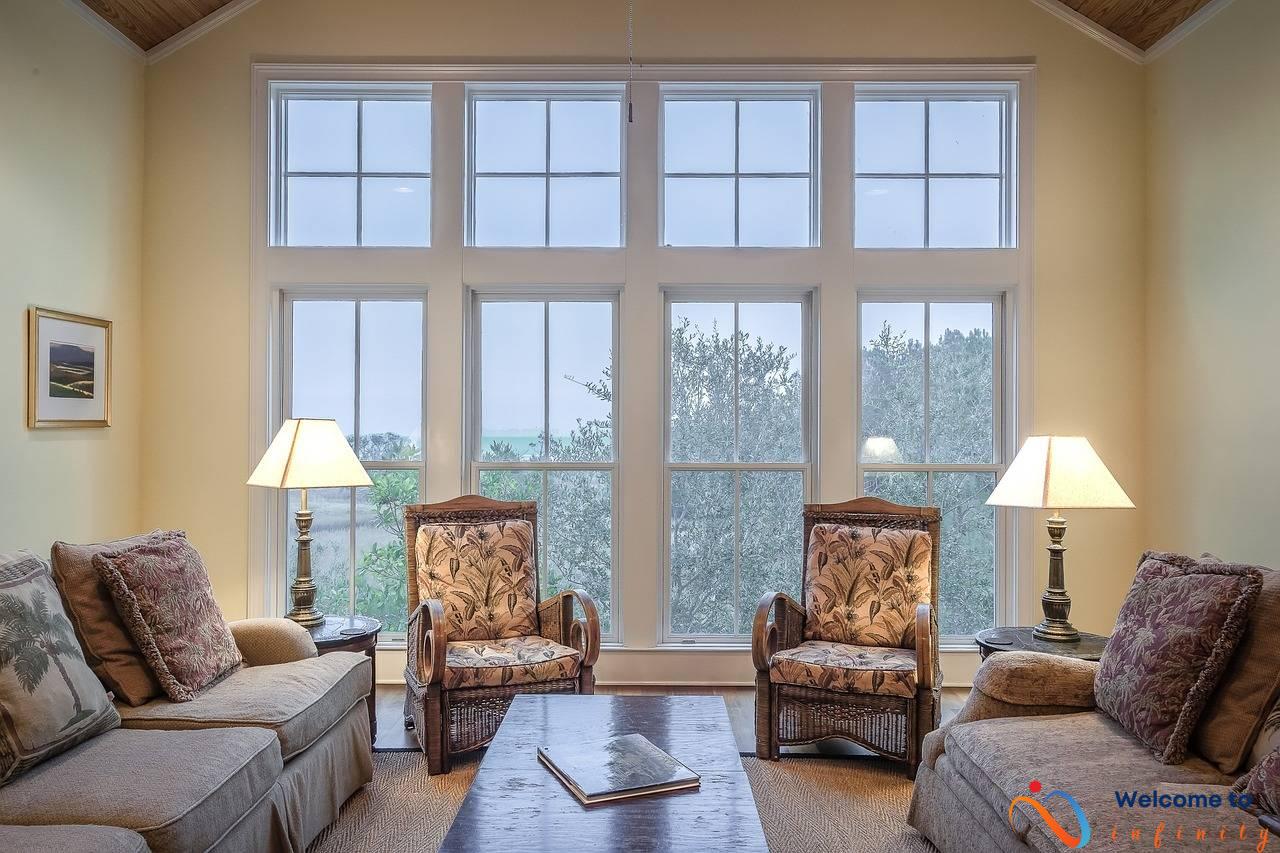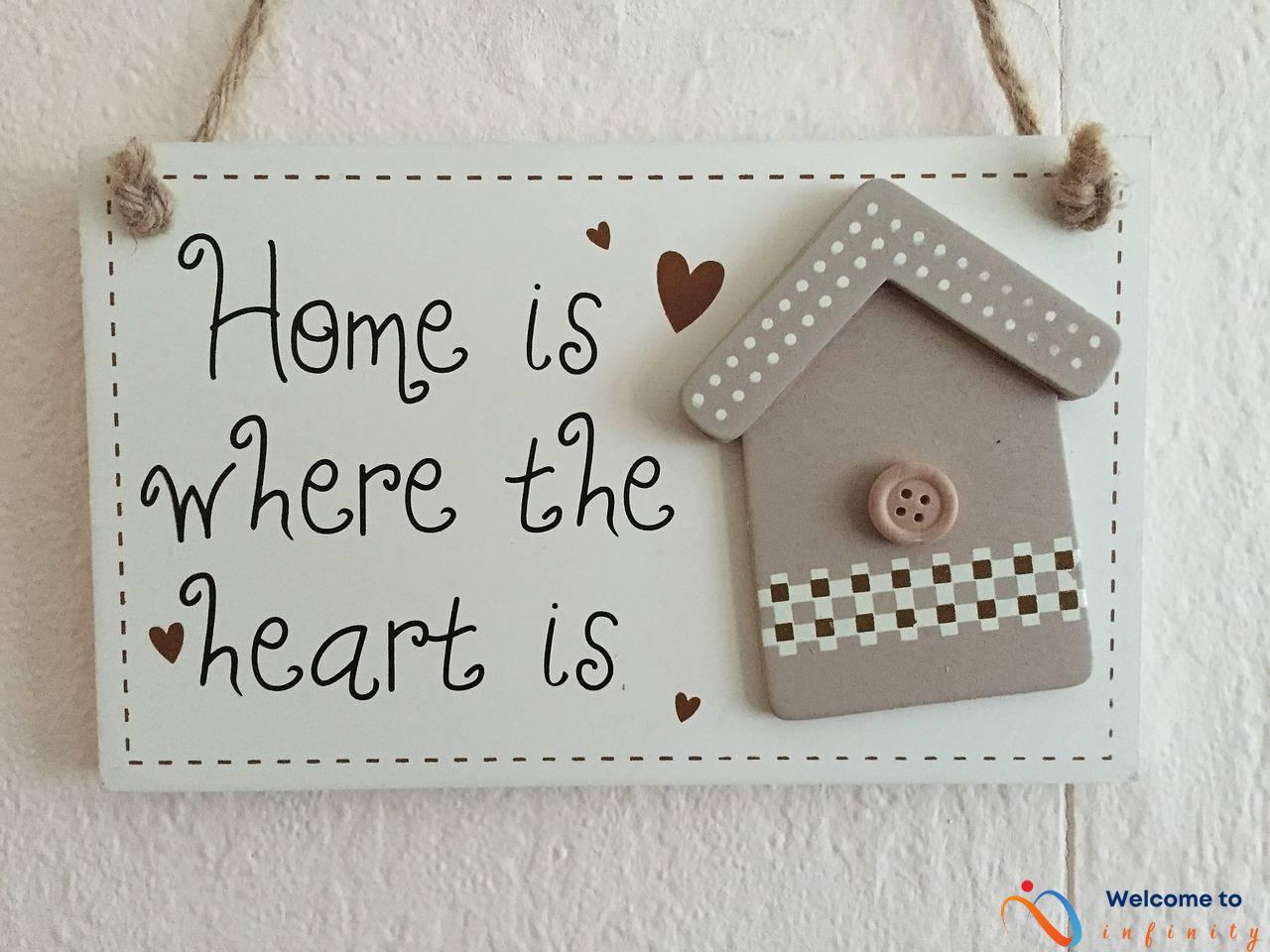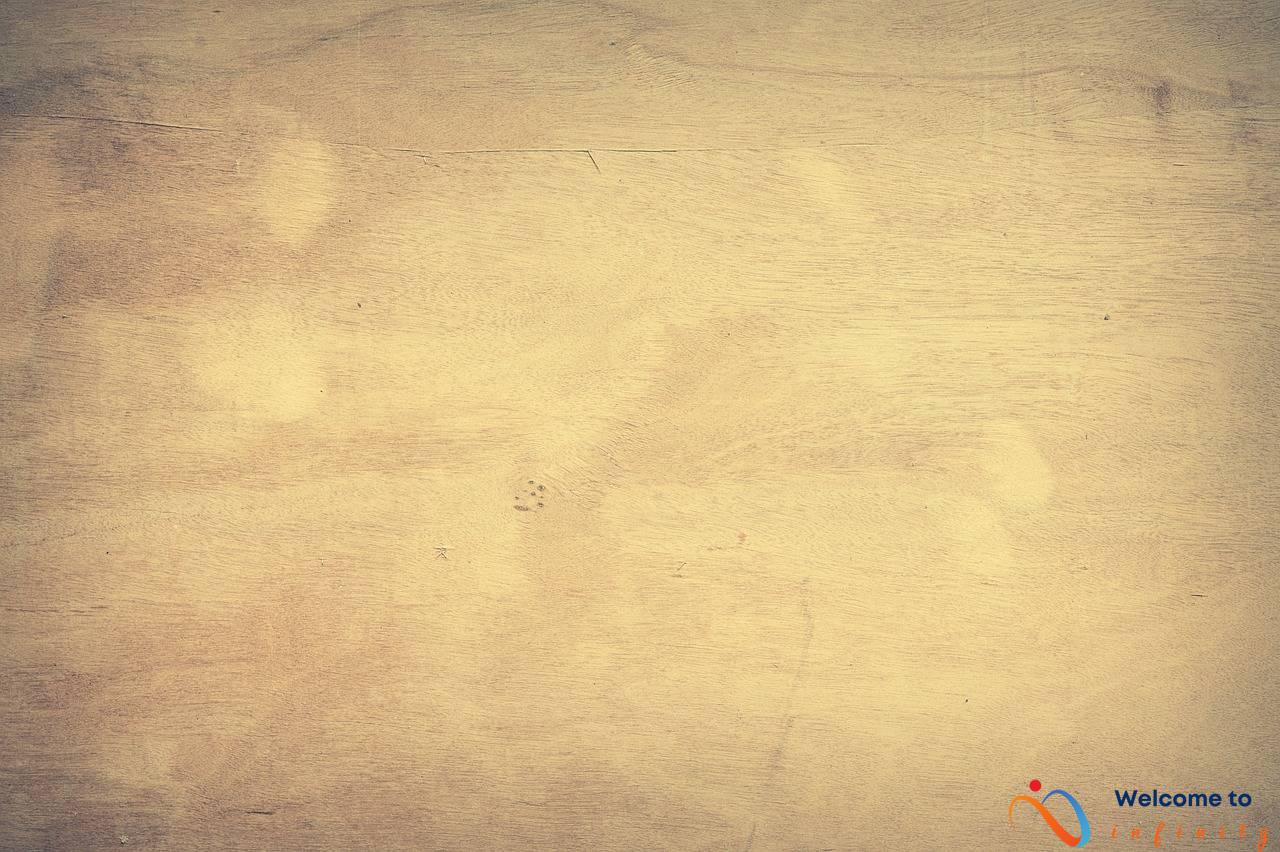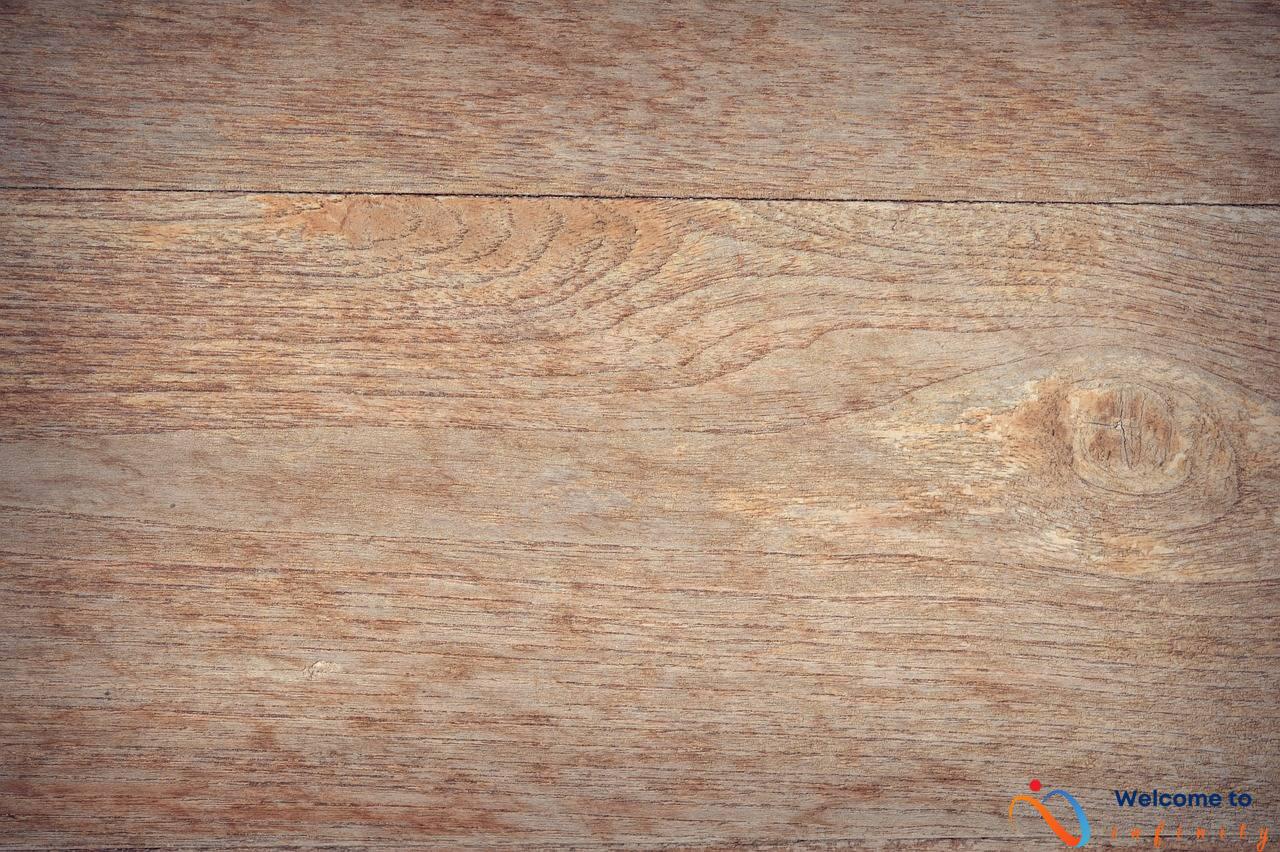If you are living in a small home, you may find it challenging to make the most of the limited space available to you. However, there are several hacks you can utilize to make your living quarters feel more spacious and comfortable to live in. With these simple tips and tricks, you can maximize the space in your tiny home and make it look bigger than it actually is.
The first step to making your small home appear more spacious is by decluttering. Eliminating unnecessary items can create more open space and give your home a cleaner look. Get rid of things you don't need to make room for the things you do. Consider donating or selling items that you no longer use to free up space and make your home feel more organized.
Another way to make your small home look bigger is by playing with light. Strategically placing mirrors and using light-colored walls and curtains can brighten up a room and create an illusion of space and depth. Adding reflective surfaces such as metallic or glass pieces can also help reflect light and add depth to your space. Make use of natural lighting by using sheer curtains and replacing solid doors with ones made of glass to let sunlight in.
Choosing the right furniture is also crucial in maximizing your tiny living space. Opt for multi-purpose pieces and furniture that matches the scale of your space. Invest in foldable items that can be tucked away when not in use, such as collapsible tables and chairs. Choosing low-profile furniture like seating and tables that sit close to the ground can help create more visual space and avoid clutter.
Finally, make use of vertical space by installing wall-mounted shelves and vertical storage to free up floor space. Install floating shelves that appear to float on the wall to add storage without taking up floor space. Maximize your walls by using bookcases, baskets, and cabinets to store items vertically. By utilizing these simple hacks, you can make your small home look and feel bigger, brighter, and more comfortable to live in.
Decluttering
Living in a small space can become overwhelming at times, and it's easy for clutter to pile up quickly. That's why decluttering is an essential step to making your small home look and feel larger. By getting rid of unnecessary items, you'll free up valuable space and create a cleaner and more organized environment.
Start by going through your belongings and considering what you really need and use on a regular basis. You can create piles for items that you want to keep, donate, or throw away to make the process easier. It's also helpful to have a designated spot for everything in your home, which can help prevent clutter from building up in the first place.
If you're struggling to decide what to keep or get rid of, consider the size of your space and how much storage you have available. Some items, such as kitchen gadgets or decorative pieces, may be taking up valuable counter or shelf space that could be used more efficiently.
By decluttering your home, you'll not only create a more visually appealing space, but you'll also have a better idea of what you need and what you don't. This can make it easier to make informed decisions when it comes to future purchases and prevent unnecessary spending. So take some time to declutter your small home and enjoy the benefits of a more open and organized living space.
Playing with Light
When dealing with a small space, light can make all the difference in whether your home appears cramped or spacious. One of the simplest hacks to create the illusion of a larger room is by playing with light. To make the most of natural lighting, opt for sheer curtains that let in plenty of sunlight. Replace solid doors with glass ones to allow light to flow freely throughout your home.
Strategically placed mirrors can also work wonders in a small apartment. Not only do they reflect light, making the room look brighter, but they can also create the illusion of depth. Try hanging mirrors opposite windows to maximize the amount of natural light they reflect. To create a cohesive look, choose frames that match your decor's color scheme.
In addition to mirrors, consider using light-colored walls and curtains to make your small space appear more open. White walls, in particular, can create the illusion of a larger space. However, if you find white too sterile, try using soft shades, such as pastel blues or greens. For curtains, go for light and airy fabrics, such as cotton or linen. Avoid heavy fabrics like velvet that can weigh down the room's atmosphere.
Reflective Surfaces
Incorporating reflective surfaces like metallic or glass adds a touch of elegance to any room. These surfaces reflect light and create an illusion of depth, making your room appear more spacious than it actually is.
A great way to implement this hack is to use metallic vases, trays, or decorative objects in your living room. Place them strategically near windows, on shelves, or even on your coffee table to bounce light around the room and create a more open feel.
For a more dramatic effect, consider installing a mirrored piece in your space. This can be a large mirror above your sofa, a mirrored accent wall, or even a mirrored backsplash in your kitchen. These reflective surfaces are also great for creating a focal point in a room while helping to maximize the feeling of space.
While metallics and glass are popular choices for reflective surfaces, don't be afraid to experiment with other materials like polished stone or highly polished wooden pieces. Just remember to keep your choices in line with the overall theme and look you're trying to achieve.
Natural Lighting
One of the easiest and cheapest ways to make your small home look bigger is by maximizing natural light. Sunlight can instantly brighten up and open up a room, creating an illusion of more space. By using sheer curtains on windows and doors, you can let more natural light into your home, making it feel brighter and more spacious.
Another great way to increase natural light is by replacing solid doors with glass ones. Glass doors allow light to flow through and make your space feel bigger. Additionally, they create a sense of openness between rooms, making your home feel less claustrophobic. However, if you prefer a bit of privacy, you can use frosted glass doors or add curtains or blinds to your glass doors.
- Use sheer curtains on windows and doors to maximize natural light
- Replace solid doors with glass doors to create an open, airy feel
- Add curtains or blinds to your glass doors if you prefer more privacy
By letting in more natural light, you can open up your space and make it feel more inviting. So, go ahead and let the sunshine in!
Choosing the Right Furniture
When it comes to choosing furniture for a small home, it's important to be mindful of the scale of your space. Oversized furniture can make a room feel cluttered and cramped, while furniture that is too small can create a sense of emptiness. Opt for multi-purpose pieces, such as a storage ottoman that can double as seating, or a sofa bed that can accommodate guests. This will help you make the most of your limited space while still providing functionality.
Another important factor to consider is the color and style of your furniture. Light, neutral colors can help create the illusion of space, while darker colors can make a room feel smaller. If you're going for a modern look, choose furniture with clean lines and minimal embellishments, such as a sleek, low-profile sofa or a simple, streamlined coffee table. If you prefer a more traditional aesthetic, look for furniture that is elegant and understated, such as a classic wingback chair or a hand-carved wooden side table.
In addition to selecting the right pieces, it's important to arrange them in a way that maximizes your space. Avoid placing furniture directly against the walls, which can make a room feel cramped. Instead, create a focal point in the center of the room, such as a coffee table or a piece of art, and arrange your furniture around it. This will create a sense of flow and make the room feel more open and welcoming.
Overall, the key to choosing the right furniture for a small home is to be strategic and thoughtful. Opt for multi-purpose pieces, choose furniture that matches the scale of your space, and arrange it in a way that maximizes your square footage. With these simple hacks, you can transform your tiny living quarters into a functional, stylish oasis that feels spacious and inviting.
Foldable Furniture
If you are living in a small space, foldable furniture can be a game-changer. These versatile pieces of furniture can be easily tucked away when not in use, saving you a lot of space. Collapsible tables and chairs are perfect for small apartments and studios where you need to make the most of limited floor space.
There are various options to choose from when it comes to foldable furniture. Folding dining tables are a great choice for small homes, as they can be quickly set up for a meal and folded away afterward. Similarly, collapsible chairs can be stacked together and stored away in a closet or corner of the room.
Another great option is a foldable sofa bed, which can be turned into a bed at night and folded back up during the day, freeing up space in your living area. Additionally, foldable desks and shelves can be utilized in a compact home office for when you need to work from home.
By investing in foldable furniture, you can enjoy the comforts of a larger home without sacrificing space. With these innovative designs, there is no need to compromise on style and comfort in a small home.
Low Profile Furniture
Low profile furniture is an excellent way to make your small home look bigger. When it comes to choosing seating and tables, it's essential to opt for pieces that sit close to the ground. Low profile furniture can help create an illusion of more space and make the room look less cluttered.
One great option for low profile seating is a sofa or armchair with a low backrest. This type of furniture doesn't take up much visual space and can also add a touch of sophistication to your room. If you're looking for small tables, choose ones that are low and small in size. They can be used as coffee tables or even as side tables.
Another option for low profile furniture is floor cushions. They are not only affordable, but they also provide additional seating that can be stored easily. Floor cushions can be used in the living room or even in the bedroom.
When it comes to choosing low profile furniture, it's also essential to consider the type of material used. Furniture made from materials that are too bulky can make a small space feel even smaller. Look for furniture made from lightweight materials such as wood or metals to add a touch of elegance and make your space feel more open.
In conclusion, low profile furniture can be a great way to make your tiny living quarters look bigger. Choosing seating and tables that sit close to the ground can create more visual space and avoid clutter. Plus, opting for lightweight materials can make your space feel more open and less cramped.
Utilizing Vertical Space
One of the best ways to create more space in a small home is by utilizing vertical space. By making use of wall-mounted shelves and vertical storage, you can free up floor space while still having a place for all of your belongings. Here are some tips for utilizing vertical space in your home:
Installing floating shelves is a simple and stylish way to add storage to your walls without taking up any floor space. These shelves appear to float on the wall, creating a minimalist look while still providing a functional storage solution. Use them to display books, plants, or decorative items, and keep your floors clutter-free.
Another way to maximize your vertical space is by using bookcases, baskets, and cabinets that store items vertically. This could be anything from a tall bookshelf to a hanging closet organizer. These options provide ample storage space while keeping your floors free from clutter. Consider purchasing multi-tiered baskets or cabinets to take advantage of every inch of wall space.
If you're short on floor space but still need a workspace, consider installing a wall-mounted desk or table. These pieces of furniture take up minimal space and can be easily folded away when not in use. They're perfect for small apartments or homes where space is at a premium.
By following these simple tips, you can utilize vertical space in your home to create more storage and free up valuable floor space. With a little creativity, you can turn any small living space into a comfortable and functional home.
Floating Shelves
If you want to add some extra storage space to your small home without taking up any precious square footage, then floating shelves are the perfect solution for you. These shelves, which are attached to the wall using hidden brackets, create an illusion of being suspended in mid-air.
Floating shelves come in various sizes and materials, such as wood, glass, and metal. They can be installed almost anywhere in your home, from the living room to the bedroom. You can use them to showcase your favorite books, photos, and decor items, or to store everyday items like toiletries, kitchen supplies, and office supplies.
One of the biggest benefits of floating shelves is that they are incredibly versatile. You can group them together to create a statement wall or spread them out to maximize storage in different rooms. They also offer a great opportunity to get creative with your decor by layering different textures and colors.
If you're worried about not having the DIY skills to install floating shelves yourself, fear not! Many home improvement stores offer pre-made floating shelf kits with all the necessary hardware included. You can also hire a professional handyman to install them for you, ensuring they are level and secure.
In short, floating shelves are the perfect solution for those who want to add storage and style to their small home without sacrificing any square footage. They are versatile, stylish, and easy to install, making them a must-have in any small space.
Vertical Storage
If you're lacking on storage space, the walls in your home can be a great place to start. Vertical storage can help maximize your living area and create more usable space. The key is creating functional storage that also makes a statement.
Bookcases are a great option for vertical storage. You can stack books, display decorative items, and store other belongings in a decorative way. Arrange your books and accessories in a way that is visually pleasing and adds interest to your walls.
Baskets can also add a decorative element while providing storage space for items that don't have a specific home. Attach a few baskets to the wall and use them for items such as magazines, blankets, or even small toys.
Cabinets are also a great way to use vertical space. You can mix and match cabinets of different sizes and shapes to create a unique display. Use cabinets to store items such as kitchen supplies, folded clothes, or even office supplies.
Another great idea for vertical storage is to use hanging rods or rails. These can be used to hang clothing, kitchen utensils, or even plants. Utilizing hanging rails also frees up floor space and can give your home a modern, industrial feel.
Remember, using vertical space doesn't have to be boring. Get creative and mix and match storage options to create a functional and unique space.












